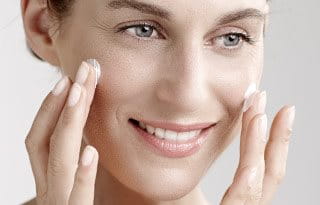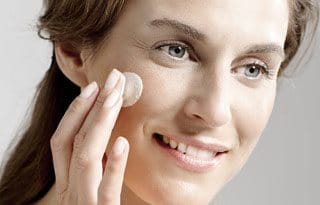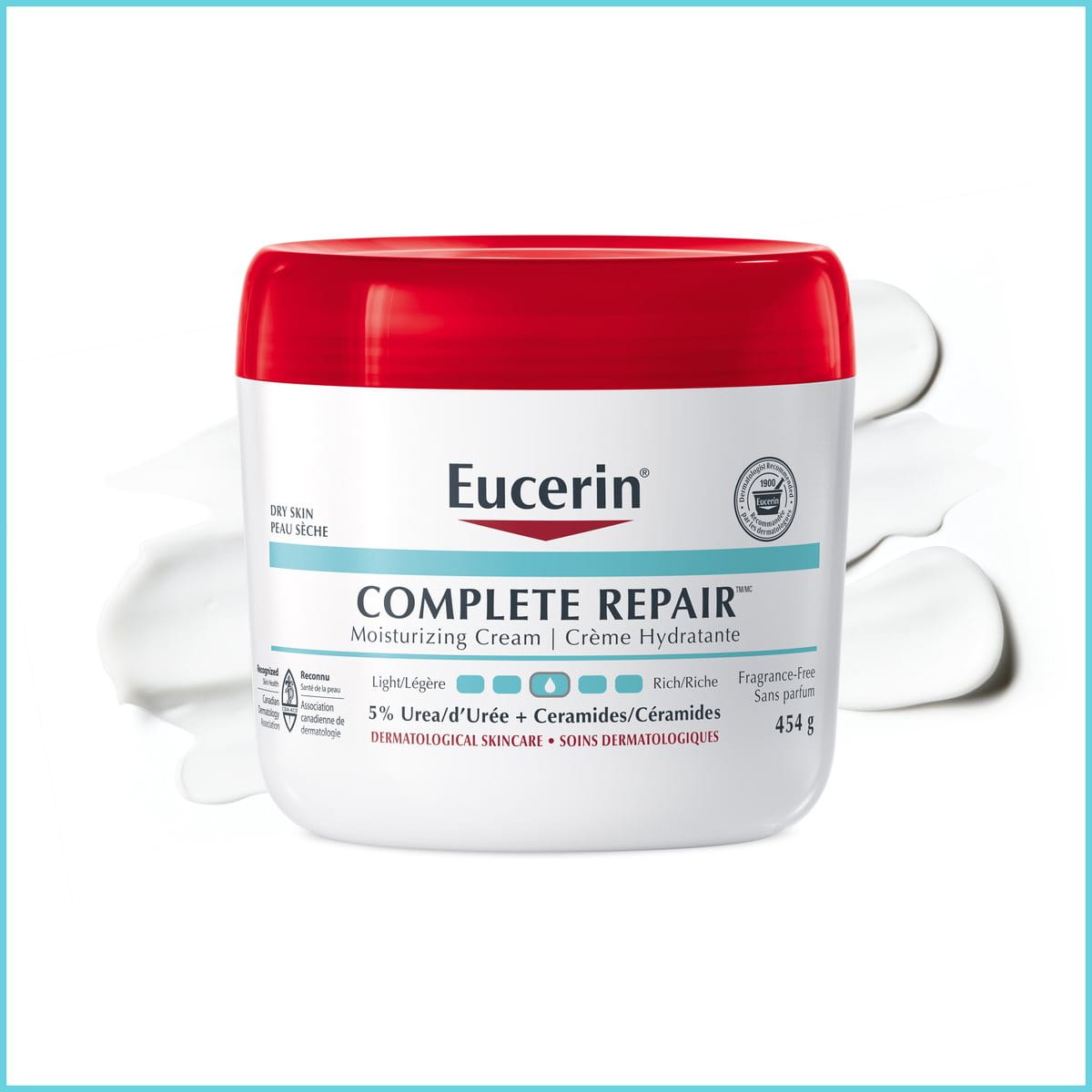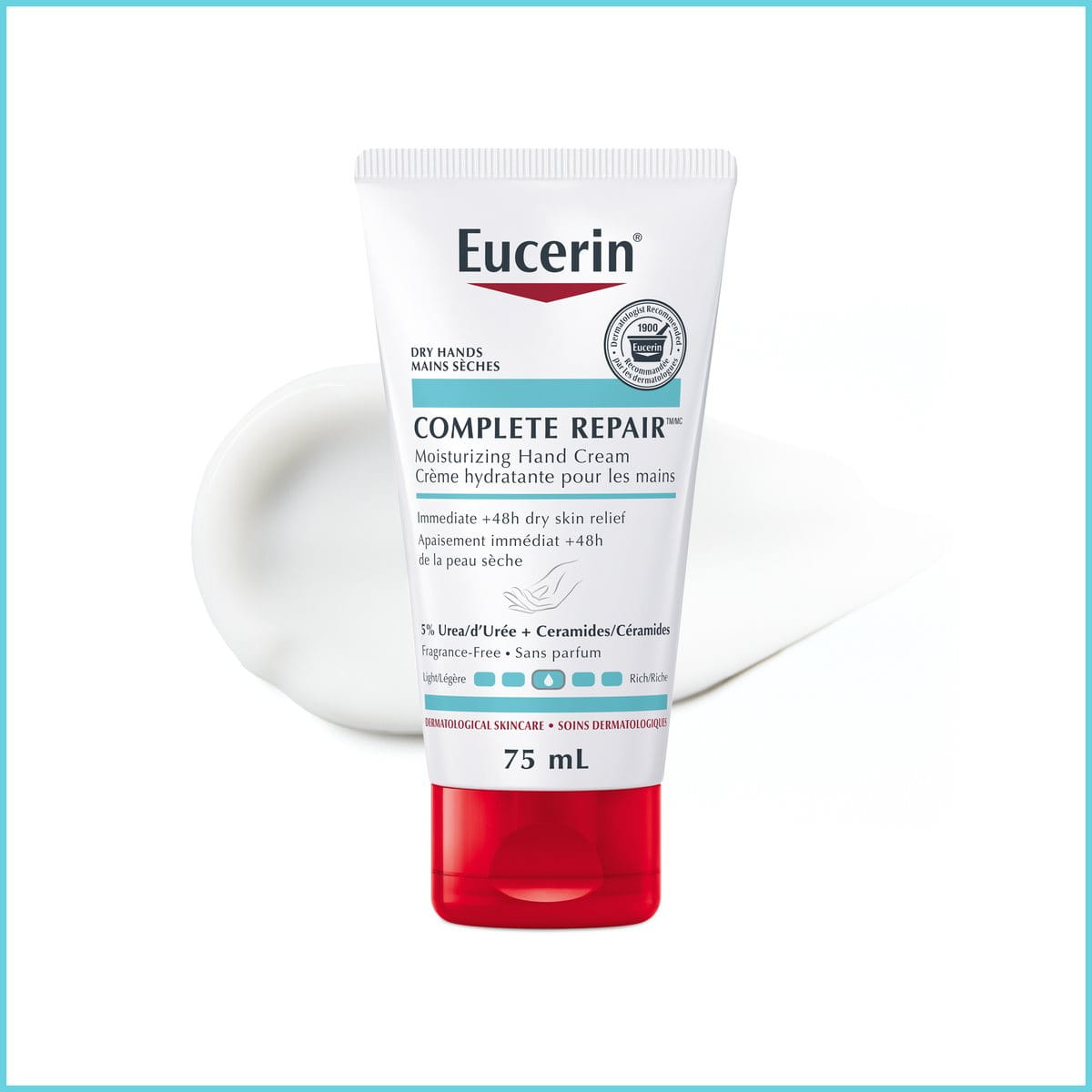The skin is the body’s largest organ, but not all skin is the same. Skin structure, and the way it behaves, differs slightly according to where it is on our bodies. Not all skin gets the same treatment either. Some areas of the body, for example the hands and face, are more exposed to external forces such as the sun and cleaning products than other parts. Intelligent skincare should reflect the different needs of skin across the body.
How skin differs across the body
The skin on our face, head, armpits, hands and feet differs slightly to the skin on the rest of our bodies.
Face
Our face is the most noticeable part of our body. The condition and appearance of our facial skin is a key indicator of our overall health and it also plays a significant role in our self-esteem. Problems with facial skin and signs of ageing are highly visible on the face and can cause significant embarrassment and affect a person’s confidence. As consumers we want to keep our facial skin in the very best condition and it is for this reason that the face is the focus of so much skincare research and so many skincare products.
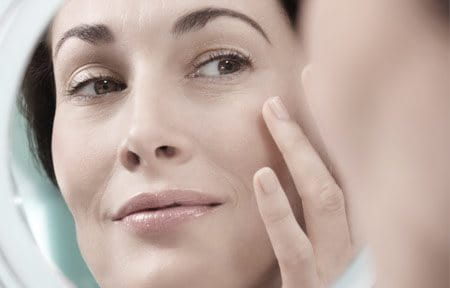
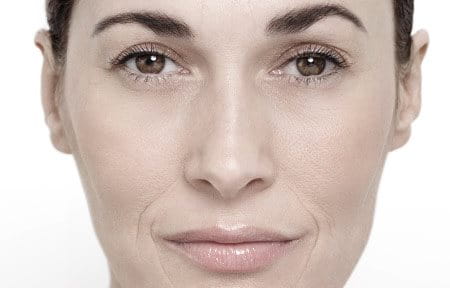
Like all skin, facial skin performs an important role as a barrier against the external environment. But, unlike the skin on the majority of our body, it is almost always in direct contact with the elements such as the sun and UV rays. Facial skin is particularly thin and sensitive and so is susceptible to ageing.
The skin around the eyes is even thinner and delicate and needs an appropriate care. The epidermis (the external layers of skin) is normally about 0.1mm thick; around the eyes it ranges from 0-0.05mm thick.
Facial skin, and its condition, differs from person to person but there are 4 main skin types – normal, dry, oily and combination. Learn more in skin types and conditions and take our skin test to help determine your own skin type.
Hands
The hands are human tools and their skin is markedly different from that of other parts of the body. The skin on the palms is also completely different to that of the back of the hands:
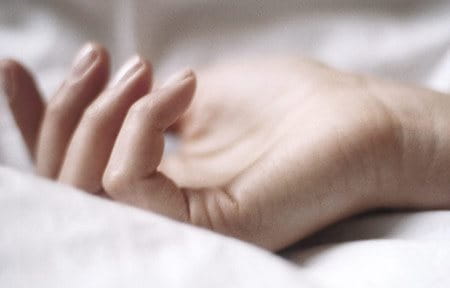
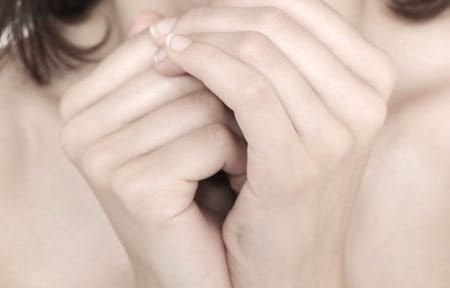
The skin on the palms and balls of the fingers and thumbs:
- has a thick and robust horny layer
- is rich in fatty and connective tissue
- is well padded with tissue insensitive to pressure
- is hair-free and has no sebaceous glands
- has a high density of sweat glands
- has a shortage of natural moisturizing factors (NMF)
The skin on the backs of the hands:
- has hardly any fatty tissue
- is especially thin
- has only a few, fine hairs
The hair follicles, from which hair grows, are accompanied by sebaceous glands and therefore responsible for the production of sebum which provides skin with lipids and some of its moisture-binding components. So the hands have fewer lipids and are less able to bind in moisture than other parts of the body.
The skin on the hands is also less able to stabilize the few lipids and moisture-binding components that it has. The pH of the hands is less acidic than on many other parts of the body, so its protective acid mantle – the natural acidity that guards skin - is compromised.
The fact that the skin on the front of the hands is different to that on the back of the hands also means that the overall formation of the hydrolipid film (the emulsion of fat and water that covers the outside of the skin) is weakened. As a result, our hands are more susceptible to dehydration and will dry out rapidly when over worked.
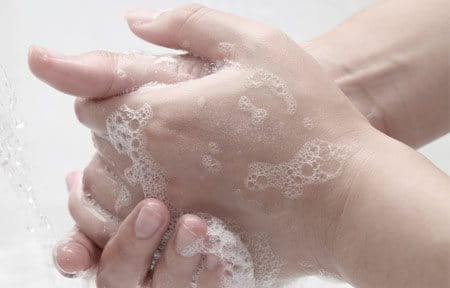
And hands work hard. During the course of a day’s work in the house, office or garden, hands will be particularly exposed to external, lipid-stripping, factors. Whilst frequent contact with water alone can dry out the skin, the hands are also regularly subjected to surfactants, solvents, changes in temperature and mechanical strain. The natural protection and repair systems of the skin are overworked and this can result in damage to the skin’s barrier function.
Feet
The skin on the soles of our feet contains more fat cells in its innermost layer (the subcutis) than in most other parts of the body. This is because our feet need extra padding and shock absorption. They bear three times a human’s body weight with every step and are frequently subjected to manual pressures such as rubbing from tight or poorly fitting shoes or from lots of walking or running.

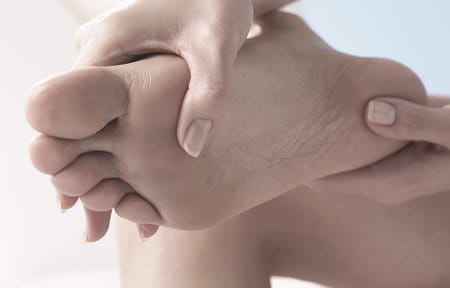
Despite their extra padding, excessive rubbing can damage skin’s barrier function and lead to dry skin and ultimately to calluses and corns. Calluses and corns are thickened areas of skin that usually occur on the soles and heels and are roughly round in shape. They press into the deeper layers of skin and can be painful.
The epidermis (the outermost layers of skin) is thicker on our feet than on other parts of our body –normally at around 0.1mm in total, it ranges between 1-5mm on the soles of the feet. When the skin on our feet is exposed to prolonged pressure and friction, callus production increases and the epidermis becomes thick and hard, a condition known as hyperkeratosis.
How to care for skin on different parts of the body
Because skin the structure and function of our skin differs according to where it is on our bodies, the different areas benefit from a tailored approach to skincare.
Face
There are 3 basic steps to good skincare: cleanse, care and protect.
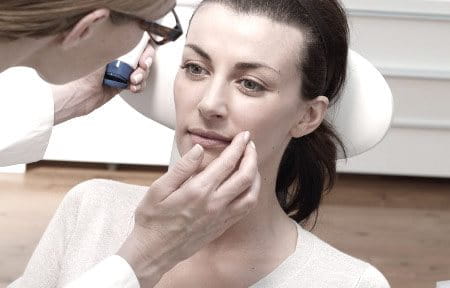
It is important to use products that have been formulated specifically for your skin type and condition and that respect your skin’s natural pH. Look out for medical skincare products that have been tested on, and proven to be compatible with, sensitive skin. Eucerin offer a comprehensive range of face care products to suit all skin types and conditions, all of which have been tested on, and proven to be compatible with, sensitive skin.
For more information on how to care for your facial skin, including the delicate skin around your eyes read a daily routine for the face. Click here to find out more about skin types and conditions or take our skin test.
If you are in any doubt as to your skin type or condition or which products would be best for you then contact a dermatologist to seek their advice.
Hands
The skin on our hands has a greater need for lipid replacement than skin on other parts of the body. It is important to keep hands well moisturzed as damaged, cracked, dry and sensitive hands have an increased tendency to develop conditions such as irritant contact dermatitis.

Harsh cleansing products should be avoided as should over washing. When you do wash your hands, use warm rather than hot water and it is less likely to dry out the skin.
The skin on your hands will benefit from cleansing and care products that:
- are mild but effective products and have been tested on, and proven to be compatible with, sensitive skin
- replace lost lipids
- maintain skin’s natural pH
- promote the regeneration process
- offer protective from over exposure to harmful UV rays which can cause premature ageing
Feet
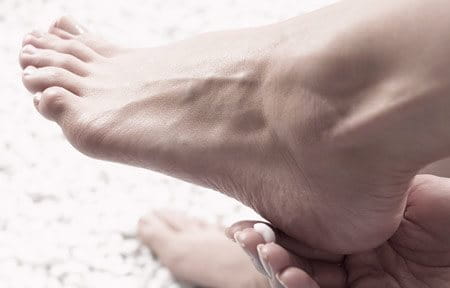
70% of foot problems, including the development of corns and calluses, are caused by inappropriate shoes. Pressure reducing rings, a softening cream and avoiding tight shoes will help as will regular washing with mild but effective cleansers and the application of medical footcare products that treat skin concerns in this area.
Feet should be regularly checked. Cracks, itching and moistness between the toes or scaling on the sole of the foot can be a first sign of fungal infection. If these symptoms appear, consult a dermatologist.
Our brand values

We deliver a holistic dermo-cosmetic approach to protect your skin, keep it healthy and radiant.

For over 100 years, we have dedicated ourselves to researching and innovating in the field of skin science. We believe in creating active ingredients and soothing formulas with high tolerability that work to help you live your life better each day.

We work together with leading dermatologist and pharmacist partners around the world to create innovative and effective skincare products they can trust and recommend.



